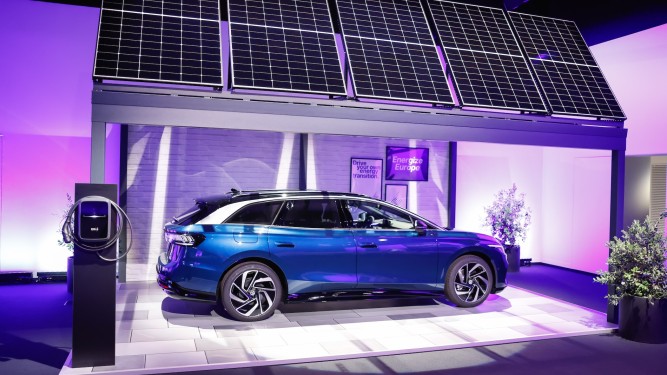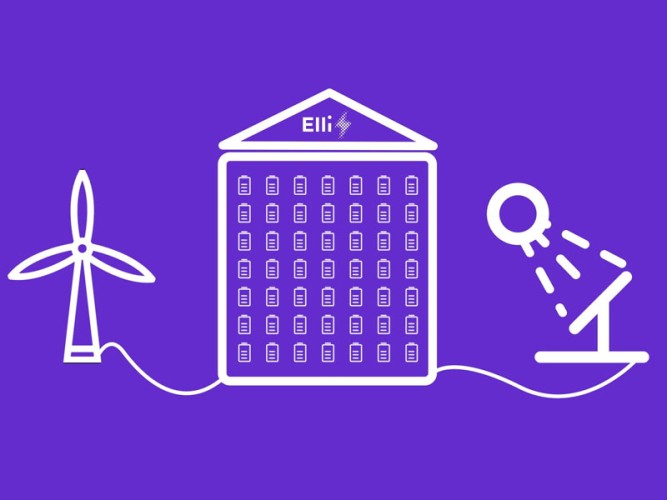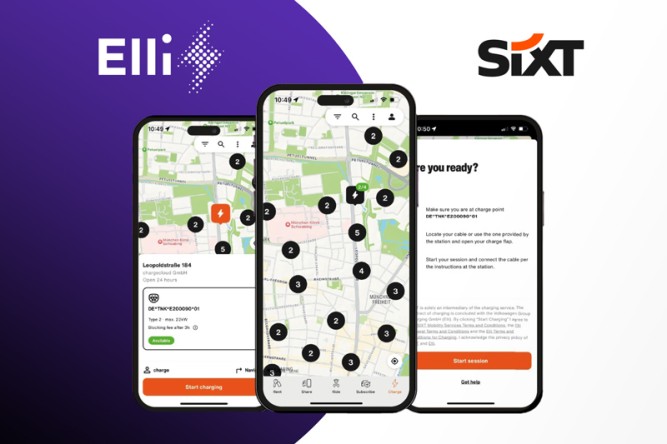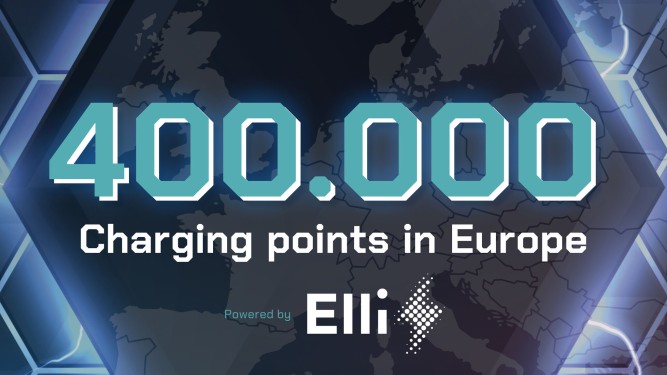Electric Vehicle Charging for Newbies
A quick read for all newbies to EV charging!

Creating a sustainable future means changing the way we get around. Perhaps this means switching to “greener” modes of transportation like commuting by bike or public transit. It could also mean reducing the ecological footprint of existing modes of transportation. The proliferation of electric vehicles (EV) is a prime example of this. Electric cars are becoming easier to manufacture and thus more accessible among the public. In addition, the European Commission has approved a ban on the sale of cars with combustion engines by 2035, with the aim of achieving a 100% reduction in carbon dioxide emissions from new cars. In the near future, electric vehicles will outnumber the petrol and diesel-based cars on the road!
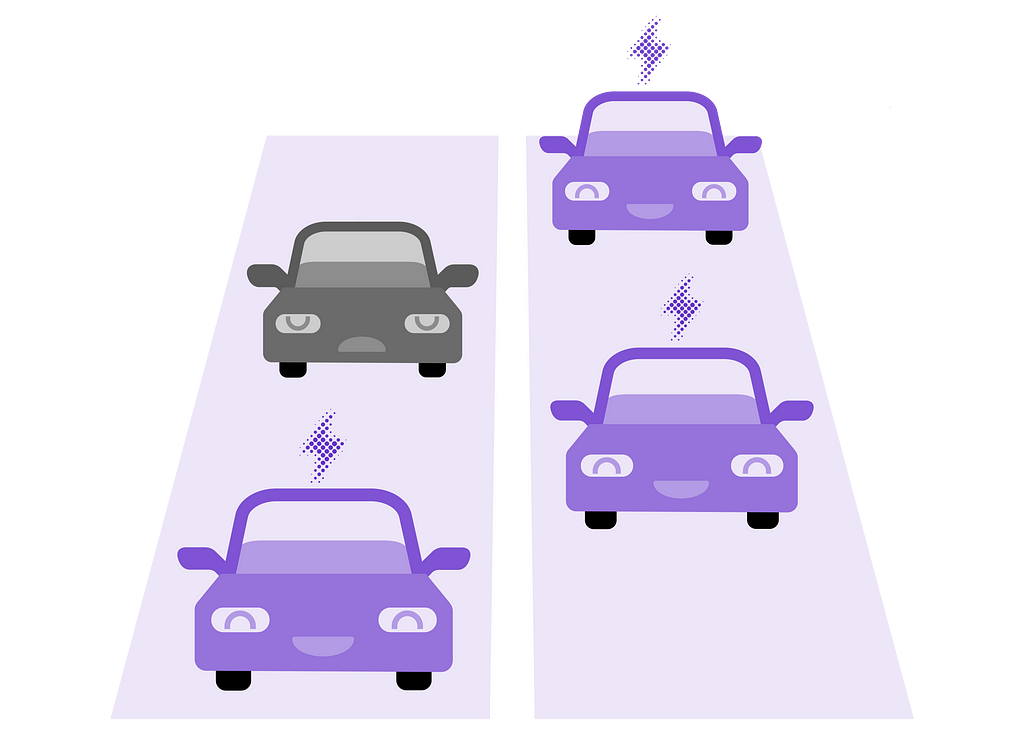
As electric vehicles are becoming increasingly mainstream, it is important to get a gist of the technology behind them. This article will deliver the key points on e-mobility and EV charging without diving too deep on the technical details. ;)
What is a battery electric vehicle (BEV)?
An electric vehicle drives exactly as the petrol or diesel-based car that most of us are familiar with. However, the key difference is that in a battery electric vehicle (BEV), the internal combustion engine, present in most of the vehicles on the road today, has been replaced by an electric motor and a battery. This motor converts electrical energy stored in the battery to mechanical energy while producing zero tailpipe emissions. The battery that supplies power to the electric motor is most commonly a lithium-ion battery and must be plugged in and charged for continuous use.

How do electric vehicle batteries work?
The battery inside the EV itself is comparable to the battery in the smartphones that we use day-to-day and function more or less in the same way.

As we all know, batteries have a positive pole and a negative pole. Current flows in a single direction from the positive pole into the electrical consumer (e.g. an EV or smartphone) and back into the negative pole. This kind of electric current flowing in a single direction is known as direct current (DC) and batteries are always charged and discharged in the form of DC.
Conversely, the electricity coming from the power grid is always alternating current (AC). As its name suggests, alternating current means that the flow of electric charge periodically changes direction. Because the power grid uses AC, but batteries only store DC power, there needs to be a conversion that takes place in order to charge any kind of battery.
What are the differences between direct current (DC) and alternating current (AC)?

How do you charge your EV?
A car-to-station cable connects an EV to a socket or a charging station and the power flows from the power source to the EV via this cable. How fast the EV charges depends on the type (i.e. mode) of this charging cable that connects the car and station. Some charging cables deliver power faster than others and even allow for communication between the EV and the station.

What are the different types of charging stations?
There are two different types of charging stations (a.k.a. chargers) and their difference lies in where this conversion from AC to DC occurs.

In summary, an AC charging station relies on the charger onboard the EV to convert the AC power from the grid to DC. On the other hand, a DC charging station does the conversion itself and feeds this power directly to the EV’s battery.
What is Three-Phase Current?
Alternating Current can be further categorised on the number of “phases”:

In three phase installations or grid connections, power is supplied to your home or charging site from the power grid via three conductors or wires (see image below).

Since the current flowing through these conductors is staggered, a three-phase charging station delivers a higher flux of power per unit time than a single-phase charging station.
Good bye for now!
Here are some key principles of EV charging that will serve as a basic foundation for e-mobility related topics. For more articles on the intersection between e-mobility and software engineering, please check out the other articles on the Elli engineering blog!
To stay in the loop, follow us on Medium and be sure to check out our website at elli.eco!

Jane Kim is a Software Engineer in Team Cannelloni and a part-time illustrator for the Elli blog
Electric Vehicle Charging for Newbies was originally published in Elli Engineering on Medium, where people are continuing the conversation by highlighting and responding to this story.









